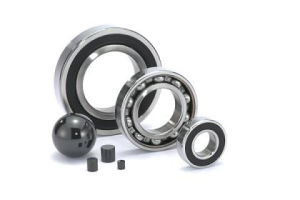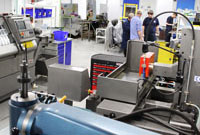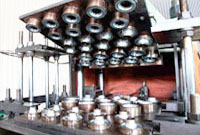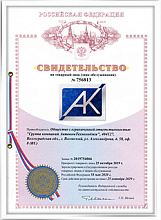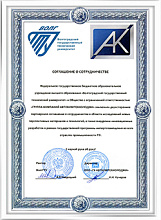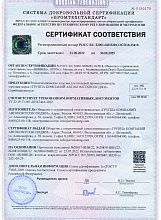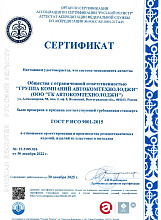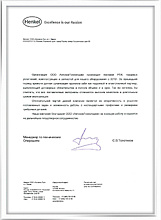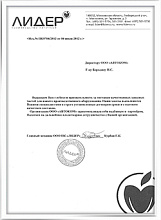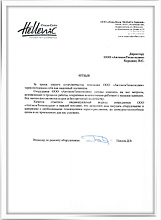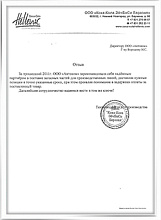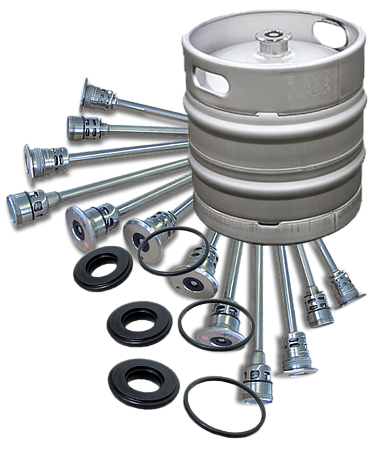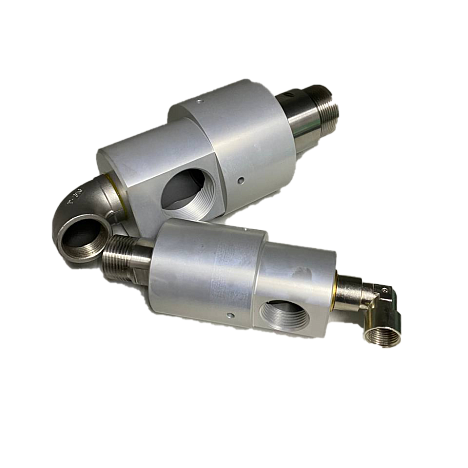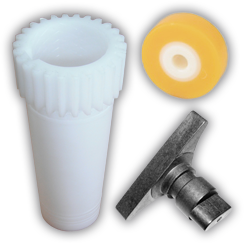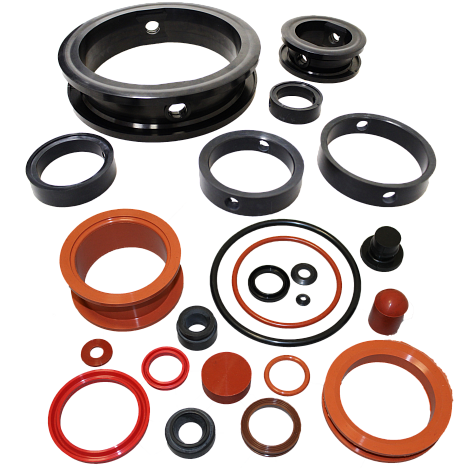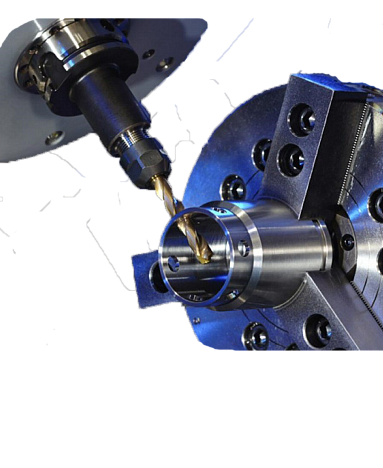
Lubricating the rubber parts of the seal.
Lubricants are used on the elastomers to make installation easier, but you must be careful:
- Any petroleum lubricant will damage an ethylene propylene (EPR) o-ring causing it to "swell up". This failure usually occurs within five days. The flexible seal components will "lock up" and prevent the lapped faces from staying together;- Silicone grease can prevent the rubber bellows in some seal designs from sticking to the shaft. The proper lubricant is designed to cause the bellows to "swell up" and attach its self to the rotating shaft;
- If you are sealing paint the presence of silicone grease can cause a condition known as “Orange peel” on the painted surface.
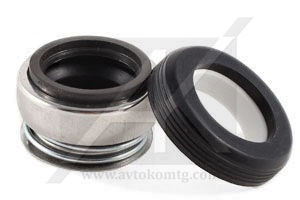
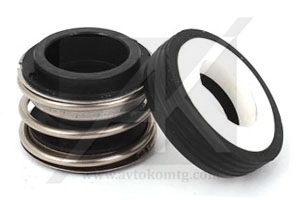
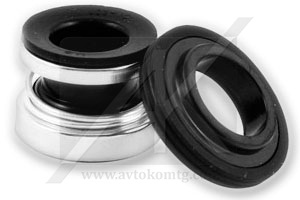
Lubricating the mechanical seal faces.
Do you have to put a lubricant of some type on the mechanical seal faces before you press them together? The answer is NO!
In some instances the lubricant can do harm:
- In cryogenic (cold) applications the lubricant could freeze and damage the softer face. You must remove any lubricant that might have been placed there by the manufacturer;
- A clean lubricating fluid that is compatible with what you are sealing would not do any harm, but that precise meaning often evolves into reaching into a bucket of grease containing dirt and contaminants.
Most seal applications use a carbon/graphite face running against a hard face (silicon carbide as an example). The graphite will leech out of the carbon/graphite and deposit on the hard face. This is the black ring you see on the hard face.
- Carbon graphite is a natural lubricant. Electric motors have used carbon/graphite brushes for years that do not use any external lubricating source;
- The key to this self-lubrication is that carbon can form strong chemical bonds with gases such as water vapor. The adsorbed gas then weakens the interlacing bonding forces, releasing the graphite, which in turn reduces the rubbing friction;
- Many other types of vapors and gases can be readily adsorbed by carbon/graphite and in some instances inorganic compounds can be added to the carbon/ graphite if absorbable gases are not present or in short supply. This is one solution to the dealing of the sealing of hot, dry air;
- Graphitizing of the carbon (heating it to 4000 degrees Fahrenheit or 2200 degree Centigrade) is another approach to self-lubrication.
 en
en
 Русский [ru]
Русский [ru]

